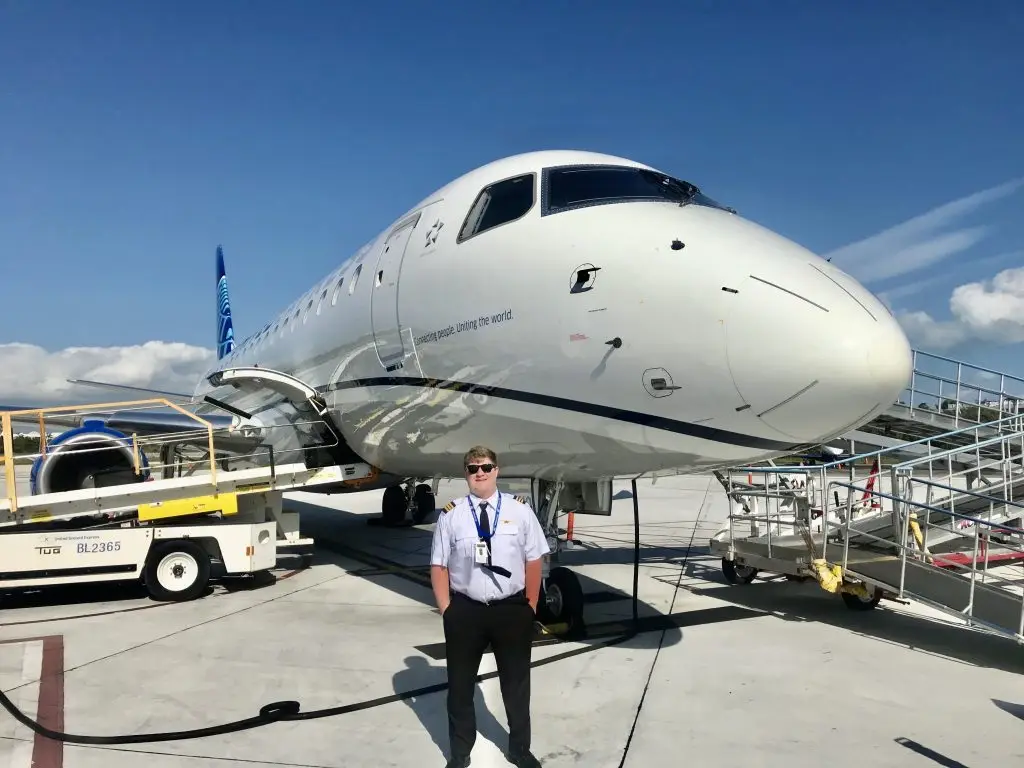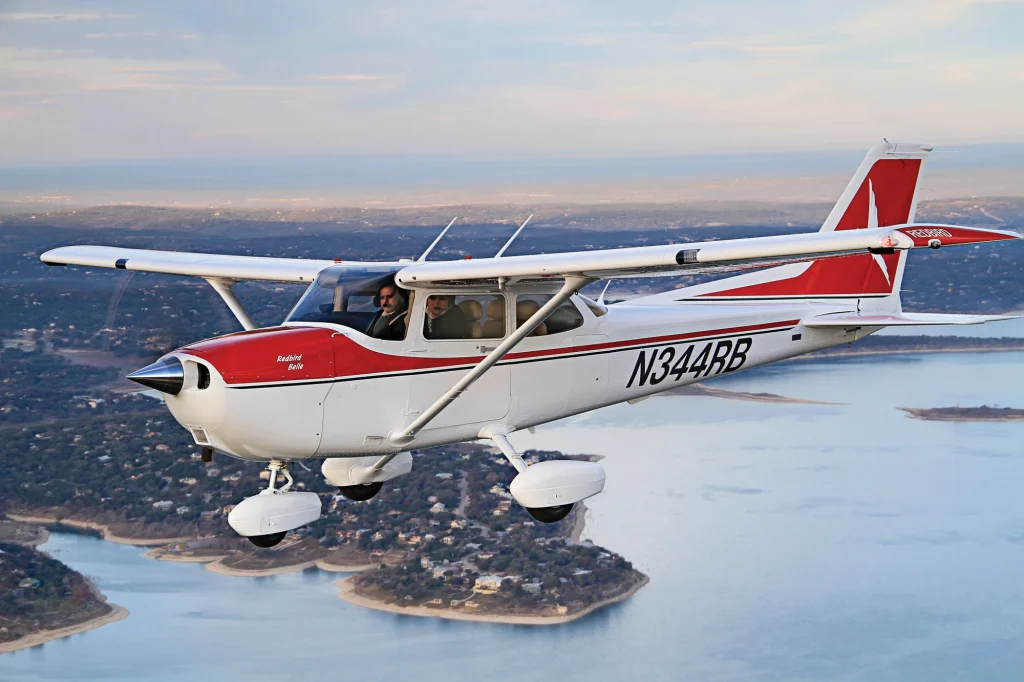
Welcome to this week’s edition of “Clearance to Fly.” I have been swamped with questions about the current economic state and what 2025 has in store. While I don’t have a magic crystal ball, I did decide to write out some of the trends buyers and sellers need to keep their eye on over the coming months. The aviation market is experiencing significant shifts as we navigate through a complex landscape of economic and political factors. From changing interest rates to supply chain disruptions, several key trends are reshaping how aircraft are bought, sold, and financed. For those in the piston and turboprop aircraft market particularly, understanding these dynamics is crucial for making informed purchasing decisions in the coming months.
- Economic Growth and Aircraft Demand
The relationship between economic conditions and aircraft demand remains strong in 2025. When the economy thrives, we see increased interest in aircraft purchases as both individual buyers and businesses expand their fleets. Currently, we’re witnessing cautious optimism in the market, with falling interest rates potentially stimulating capital investment and industrial production, including in general aviation.
However, this relationship works both ways. Economic uncertainty can quickly dampen enthusiasm for aircraft purchases, particularly in the piston market where many buyers are private individuals or small businesses more sensitive to economic fluctuations. As economic indicators continue to evolve this year, expect corresponding shifts in aircraft demand and, consequently, pricing.
- Interest Rates and Financing Options
Interest rates for piston-powered aircraft are currently in the high 6 percent range—approximately 115 basis points lower than last year, creating a more favorable environment for financing. This trend follows broader economic patterns, with 10-Year U.S. Treasury yields falling 20 basis points this year and mortgage rates decreasing from their November 2023 peak.
For buyers in the piston market, this translates to more attractive financing options. Current loan-to-value ratios are holding steady at about 85 percent for personal/business use, with terms ranging from 15-20 years depending on the aircraft’s age and intended use. These conditions create significant leverage opportunities for buyers who might have been hesitant to enter the market when rates were higher.
However, be aware that specific use cases like flight school aircraft are seeing rate increases of 1-2 percent above standard rates, along with increased down payment requirements—reflecting the higher risk associated with these intensively used aircraft.
- Tariffs and Trade Policy Impacts
Recent changes in tariff policies are creating significant ripples throughout the aviation industry. The revocation of the 45-year duty-free status affecting major manufacturers means imported aircraft and components are now subject to substantial duties. This affects not only giants like Boeing and Airbus but also products from Dassault, Pilatus, Bombardier, Embraer, Dornier, and Honda.
Even U.S.-based manufacturers like Gulfstream, Textron, and Sikorsky face increased costs for components manufactured outside the U.S. For piston aircraft buyers, this translates to potential price increases as manufacturers pass along these additional costs. The uncertainty surrounding these trade policies has already led some companies to delay purchases and reconsider their acquisition strategies.
The impact is particularly notable for piston aircraft with global supply chains, where a 25% tariff on certain components can significantly increase the final price. This policy shift introduces additional market uncertainty that buyers must factor into their decision-making process.
- Supply Chain Disruptions and Aircraft Availability
The aviation industry continues to grapple with supply chain challenges that began during the pandemic and have evolved due to ongoing global conflicts. These disruptions have created a unique situation in the piston aircraft market where both new and used inventory remain tight.
New aircraft production backlogs continue to affect availability, with delivery times for some models extending significantly. This constraint on new inventory has had a cascading effect on the pre-owned market, keeping prices firm for quality used aircraft as buyers compete for limited inventory.
The situation has reached such severity that we’re seeing unusual measures in the commercial sector—like aircraft lessor Azorra partnering with Delta Material Services to dismantle an Airbus A220-300 for spare parts. While this extreme example applies to commercial aviation, it illustrates the broader supply chain pressures that are affecting all segments of aviation, including the piston market.
- Secondary Market Dynamics
The pre-owned aircraft market plays a crucial role in overall aircraft valuations, and current conditions favor sellers. With new aircraft deliveries facing delays, demand for quality pre-owned aircraft remains strong, keeping resale values higher than historical norms.
For piston aircraft specifically, we’re seeing continued strong demand for low-time, well-equipped models with modern avionics. This trend is likely to persist throughout the year, particularly as falling interest rates make financing more affordable for buyers who might have been sitting on the sidelines.
However, market conditions vary significantly by aircraft type and age. Older aircraft with outdated avionics or high maintenance requirements are experiencing more price sensitivity, creating potential opportunities for buyers willing to invest in upgrades or maintenance.
Market Outlook for 2025
As we progress through 2025, several factors will continue influencing the piston aircraft market. The expected continuation of falling interest rates should stimulate demand, while supply chain improvements may gradually increase inventory. However, tariffs and trade tensions could offset some of these positive factors, particularly for aircraft with significant imported components.
For potential buyers, the current market requires careful navigation. Despite challenges, opportunities exist for those who conduct thorough research, maintain financial flexibility, and work with knowledgeable aviation finance professionals to secure favorable terms.
The coming months will likely bring continued volatility, but understanding these five global trends can help aircraft buyers and sellers make more informed decisions in this complex market environment.
P.S. Got questions about aircraft financing or the purchasing process? Drop us a line at FLYING Finance. We’re always happy to chat about planes and how to get you into the cockpit of your dreams! 423-402-8982

Keller Laseter, Chief Commercial Officer, FLYING Finance
Bringing over 10 years of aviation experience and multiple years in finance, Keller Laseter combines both of those skills to be FLYING Finance’s CCO. His leading knowledge in all categories and classes of fixed wing aircraft helps guide you through the finance process with ease and will leave you knowing you’re in great hands. Keller holds type ratings in the Beechjet 400A/XP/NXT, Embraer E-175 and has many hours in King Airs, along with other high-performance aircraft. Throughout his career, he’s had the opportunity to enjoy the world of aviation and many different operations. As an ATP, CFI, and CFII, aviation is in his blood.



